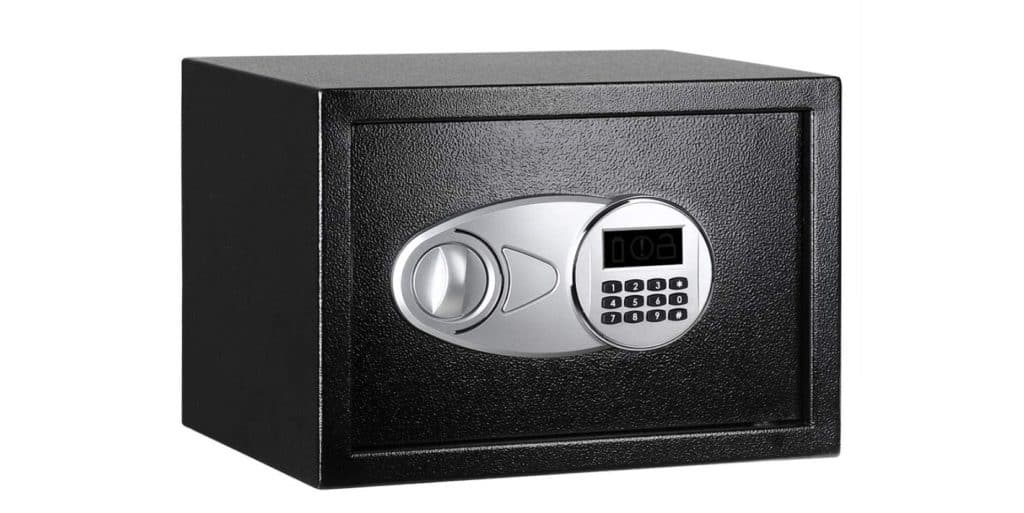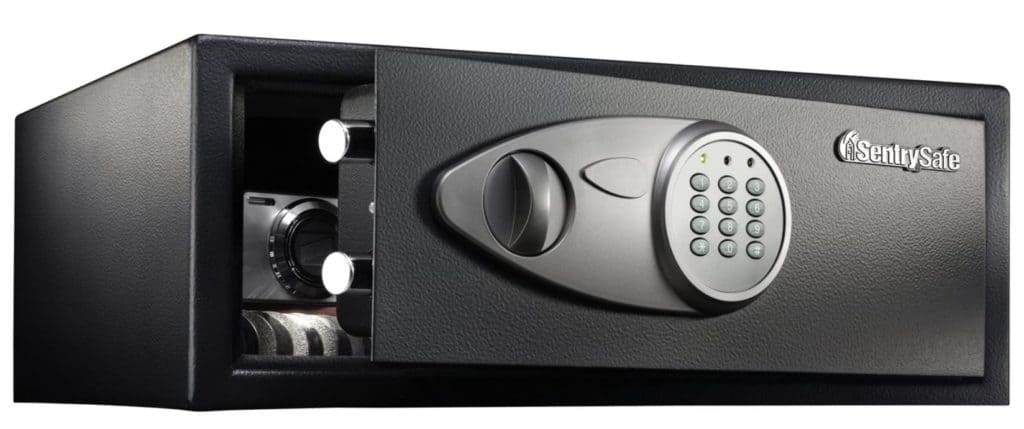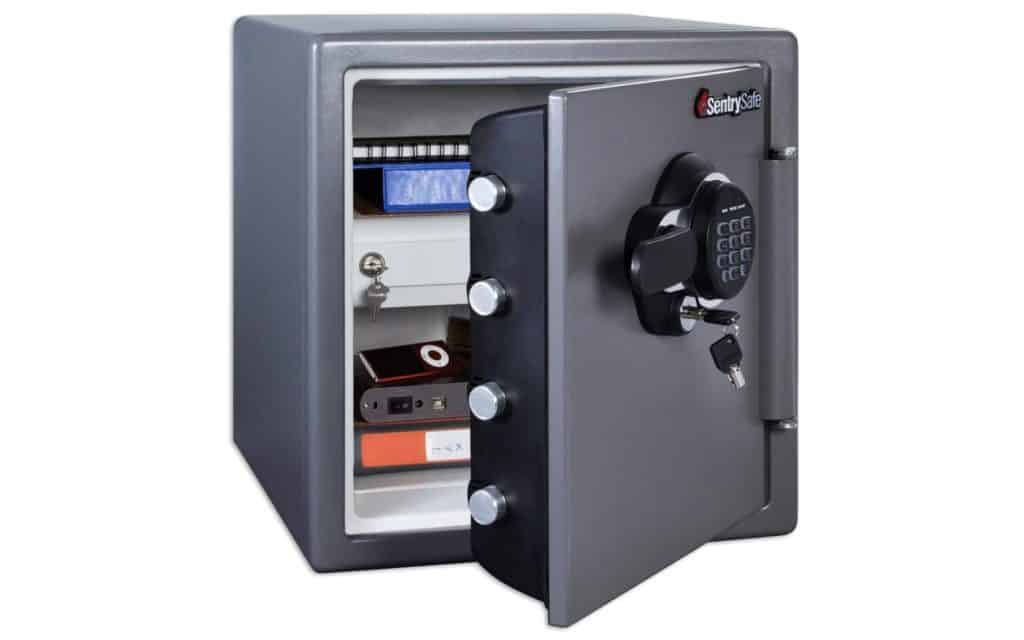If you keep cash, valuables, or even documents at home, there is no reason not to have a safe. A small investment can mean a great deal of additional peace of mind.
Why Buy A Home Safe?
I kept a safe in my home for over 10 years now, and I continue to think it’s a good use of time and money. To me a safe is about peace of mind, fire protection, and central storage of my valuables so I never have to worry about losing them.
Personally, I have a safe to act as a deterrent against what I would call casual theft. A reasonable safe is enough to stop the vast majority of theft, so I’m not concerned with having the biggest, most serious safe possible, just something that is going to be impossible for someone with the items keep in my home to open — say a hammer, impact driver, or large screwdriver.
In other ways, if I’m away for a holiday weekend and safecrackers stop by with a heist in mind, my safe won’t stop them, but I think that should be OK with a home user.
How Big Of A Safe?
The size of the safe you will require depends on what, and how much, you want to store in it. A typical home owner with some jewelry, some cash, a few folded documents, an heirloom or two, and a checkbook will be more than happy with a 0.5 cubit feet safe.
You could even go a little smaller — a typical hotel safe is 0.4 cubit feet — but the additional savings will me minimal, so the only reason to go smaller is if you have a very specific place where you want the safe to be placed.
Base Features vs. Upgrade Features
You’ll find that safes get very expensive very quickly, so make sure you differentiate between features you need and features that you want (that is, cool stuff).
What your safes needs…
- Included backup keys (known as override keys)
- Pre-drilled holes for bolting it in place
- Removable interior carpeting
- Removable interior shelvings
- Resettable, customizable security code
- Recessed door to prevent prying open
- Hidden hinges
- Keypad or combination dial (avoid key-only designs)
Upgrades features you might want…
- Biometric opening (ie: a fingerprint scanner)
- A handle for opening
- Fireproof
- Waterproof
- Secondary firearm compartment
- Deadbolt design in addition to live bolts
Of all these features, fire and water protection will increase the price the most quickly. Wanting 30-60 minutes of high temperature fire protection is very reasonable, but it will at least double the price relative to a standard safe of the same size. You’ll have to decide for yourself the fire risk your valuables have, but people in offices and apartments with sprinkler systems likely won’t need to worry about 60 minutes of fire protection and can save some money.
The water protection will be in the case of protection against flooding, like 8 inches of water for 24 hours provided by this SentrySafe model.
The Top Safes For Homes
Here are some great home safe picks…

AmazonBasics Security Safe – 1.2 Cubic Feet
I know a few of people use and really are happy with the AmazonBasics safes, the 0.5 cubic foot model in particular. These safes offer a simple design, reliable opening, the base level features you need, and a downright reasonable price.
Safety geeks and lockpicking experts will say that this safe isn’t completely secure because of some designs flaws with the lock, but honestly that doesn’t really bother me. I’d rather not see any notable design flaws, but if you get this safe, your remember to lock it, and you bolt it to a wall in your home, I believe it’s going to be more than safe enough for the majority of situations.
The safe is digital, but the batteries last for years and the safe includes a backup set of keys in case you forget the code or the battery dies.

If you need something larger Amazon sells the AmazonBasics Home Keypad Safe, which I haven’t used, but seems like a logical upgrade if you need over 1.0 cubic feet.

SentrySafe X075 Security Safe
If you are looking for a more recognizable brand name than this hotel-style safe from SentrySafe is a good option. It’s also under $80, so about the same price as the AmazonBasics, but you are paying a little more on a per cubic foot basis. This line ranges from 0.1 cubit feet (tiny) to 1.2 cubit feet (rather large).
This is another digital safe with override keys in case you lose power or forget the combination. One cool perk of this model is that it has an area through which you thread a power cord, so you can put your phone inside and charge it within the safe. That’s not something I’d do, but it’s clever and could be useful in an office setting.

SentrySafe SFW123GDC Fireproof and Waterproof Safe
If you want to upgrade to a next level safe, the SentrySafe SFW123GDC is a nice option. This safe weighs twice as much as a comparable AmazonBasics or SentrySafe model of the same size, so you know it’s heavy duty. It’s also fire-safe and waterproof, which will be must-have features for some people (but definitely not all of us).
This is also a better looking, more secure feeling safe, so you’ll feel better about having this safe than most others built for home use.
How Much Is Enough?
I’ll be the first to admit that it’s really hard to know when to stop with a safe. How much protection is enough? How thick does the steel need to be? How heavy should the door be? Is digital secure enough or is analog the way to go?
All these questions are really difficult to answer, and answers will vary based on whether you keep a few hundred dollars and a checkbook in the safe, or if you keep gold bullion and a crypto hardware wallet in there.
FAQs
What’s the difference between deadbolts and live bolts in a security safe?
Deadbolts are a locking mechanism like that found in a front door, where the bolt stays in a fixed place. A live bolt is built into the door and swings in and out with it.
